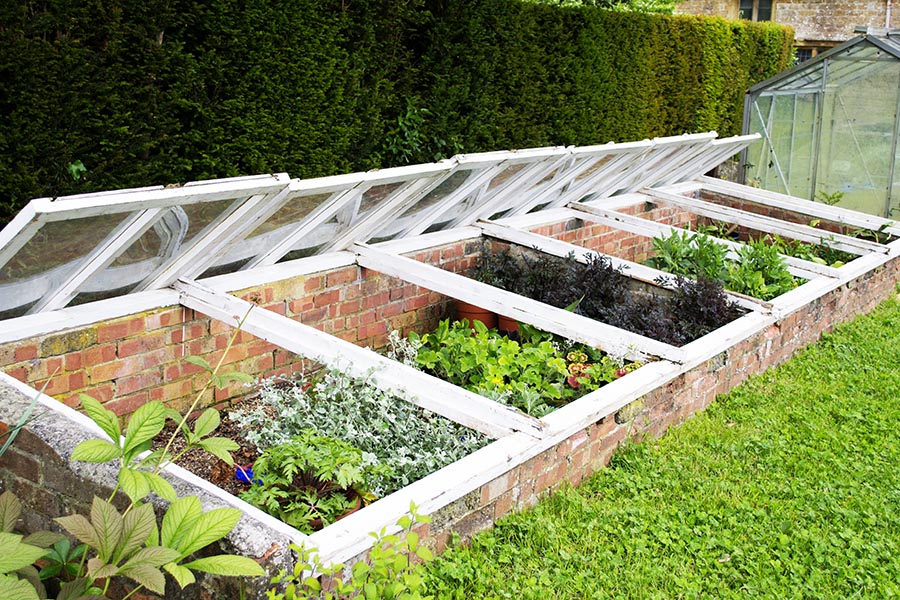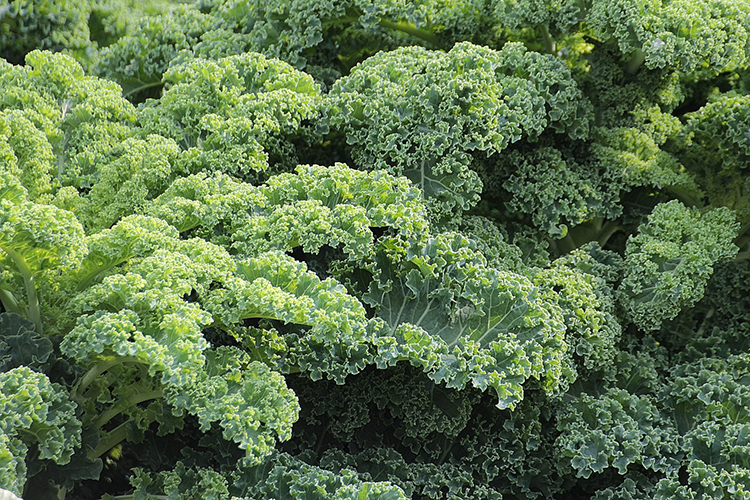Home > Lifestyle > Garden > What Is Cold Frame Gardening? And How to Get Started
What Is Cold Frame Gardening? And How to Get Started

The arrival of winter brings colder temperatures and shorter days, and many plants are unable to survive through the harsh conditions of the season. You could easily take advantage of wintertime to rest from the hard work of gardening, but you can also use it as an opportunity to cultivate some hardier plants in a cold frame.
See more: 11 Things You Can Grow in Your Winter Garden
What Is Cold Frame Gardening?
It may sound a little intimidating, but a cold frame is a pretty simple concept. Cold frames are structures that take advantage of solar energy and insulation to create small ecosystems where plants can thrive despite the cold weather.
The easiest way to wrap your mind around the idea is to think of a smaller greenhouse.
Cold frames look different depending on the gardener’s available materials and climate. But in a nutshell, cold frames are transparent outdoor frames that keep your budding plants safe from the plummeting temperatures and bitter winds of winter while still allowing sunlight to seep in and provide them with the warmth and food they need to survive.
Some farmers use cold frames to keep growing plants through the beginning of winter, while others use this method to overwinter plants. Some also use it to start seeds and harden off plants before transplanting them into their more permanent homes in the springtime.

What Can You Grow in A Cold Frame?
While a cold frame is capable of shielding your plants from the coldest onslaughts of winter, it’s good to keep in mind that it isn’t a complete miracle worker. You probably won’t have much luck growing prime summer crops in the dead of winter just because they are encased in a transparent frame.
Cold frame gardeners have the most success with low-growing and cool-season plants. Some of the easiest things to grow in your cold frame in a mild winter climate include:
- Spinach
- Kale
- Arugula
- Mustard
- Lettuce
- Broccoli
- Chard
- Cabbage
- Cauliflower
- Beets
- Carrots
- Radishes
- Scallions
- Green onion
Taking advantage of cold frame gardening in cooler seasons can keep you stocked in salad greens and several toppings even when everything else in the garden is done for the year. We’d say that’s a pretty good trade-off for a little extra winter yard work!
Building Your Own Cold Frame Garden
A cold frame is a surprisingly easy method of gardening that is used around the world in cooler climates to extend the growing season. There are all kinds of ways to incorporate this clever technique into your own backyard. You don’t even need that much space to set up a cold frame. All you really need are a few building materials, some background knowledge, and the resilience and determination that come with a gardening spirit.
For those who are good with do-it-yourself projects, there are plenty of in-depth tutorials available online for every skill level:
- Knock out this Better Homes and Gardens tutorial in a weekend with simple, low-cost materials.
- All you need are PVC, connectors, plastic sheeting and pipe glue for this DIY.
- This lightweight cold frame is a great option for anyone with raised beds.
- Another option for existing raised beds is a cold frame tent.
- Go big or go home with this arched, hoop house version of a cold frame.
See more: 8 Best Herbs to Grow in Your Windowsill
Purchasing A Cold Frame
If you would rather save on time and skip the tools, or if you just want to get started with your winter gardening as soon as possible, you can always purchase a cold frame. It might be a big investment upfront, but it will pay dividends when you’re able to harvest cool weather greens and vegetables for years to come.
You can find cold frames at virtually any gardening store, but make sure to look for one that has plenty of ventilation. If the air gets trapped in the cold frame, it can alter the humidity levels and create stale air, which is a surefire way to end up with plant diseases and pests.
- Consider this classy cedar cold frame from Gardeners Supply Company.
- This budget-friendly cold frame works well without breaking the bank.
- Give your garden or patio a pop of character with this house-shaped cold frame.
- Thoroughly well insulated and robust, this is one impressive cold frame option.
- Zippered windows give you easy access to your plants while protecting them from the cold.




This article on cold-frame gardening is a fantastic guide for anyone looking to extend their growing season and cultivate hardier plants during winter. The comprehensive explanation of what cold frames are and how they work makes it accessible even for beginners. I appreciate the practical tips on what can be grown in a cold frame, emphasizing the importance of choosing suitable crops for the season.
The inclusion of both DIY options and purchasing recommendations caters to a wide audience, from avid DIYers to those who prefer ready-made solutions. The variety of tutorials provided for building a cold frame ensures that readers of all skill levels can find a suitable project. The article strikes a great balance between information and actionable steps, making it an invaluable resource for winter gardening enthusiasts.
Whether one chooses to build a cold frame from scratch or opt for a ready-made solution, your article provides the guidance needed to embark on a successful cold frame gardening journey. Kudos for creating such an informative and practical piece! 🌱